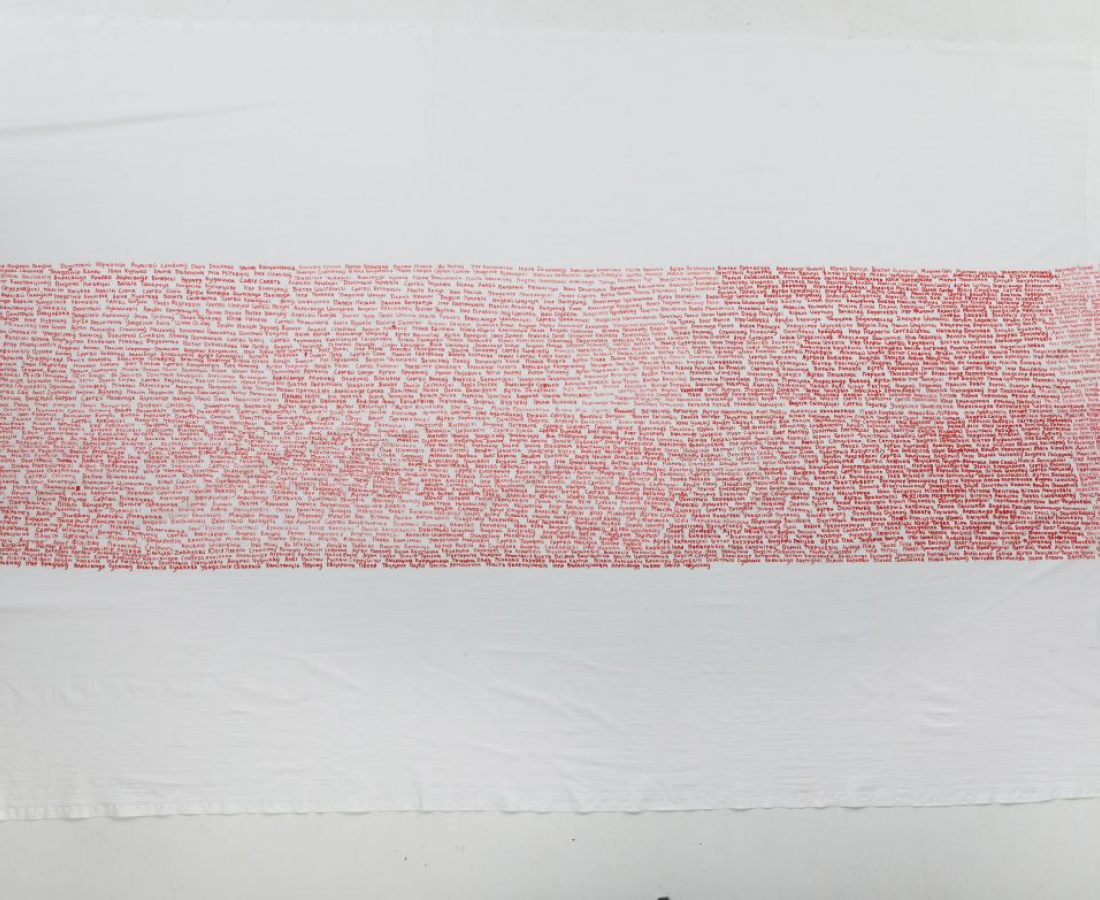
In early March 2025, the Museum of Free Belarus in Warsaw hosted the first meeting of a new civic association founded by Belarusian cultural figures in exile — the Belarusian Museum Laboratory. At the invitation of the Museum of Free Belarus, 30 participants joined both in-person and online. They included representatives of the Belarusian museum community forced into emigration after 2020, historians and cultural experts, as well as active members of Belarusian museum initiatives abroad — the Francis Skaryna Library and Museum (London, UK), the House of Free Belarus (Lviv, Ukraine), the Ivan Lutskevich Belarusian Museum (Vilnius, Lithuania), the Maldzis initiative (Warsaw, Poland), the People’s Museum (Warsaw, Poland), and “Warsaw Walk” (Warsaw, Poland).
The discussion part of the meeting raised a number of key questions:
Consensus emerged around the necessity of self-organization among the Belarusian museum community in exile, ensuring professionals remain in their field and continue to act as cultural agents both abroad and within the Belarusian context. Exile initiatives can serve as methodological centers for colleagues inside Belarus, offering access to global trends in museology. They can also represent Belarusian culture internationally and provide Belarusians inside the country — deprived of objective cultural representation in state institutions — with authentic narratives of their history and heritage.
Different visions for the Laboratory’s future were voiced: should it be a closed expert group, an open discussion club, or an advocacy and promotional body for Belarusian culture? Participants noted the strengths of existing initiatives — strong professional communities, physical spaces — while also highlighting challenges: legal registration in host countries and relations with Belarus’s National ICOM committee. A contentious issue was the return of cultural heritage and its preservation under Belarus’s current repressive regime. Some argued that all heritage is under threat of destruction and distortion, while others stressed the importance of continuing efforts to safeguard, return, and develop Belarusian culture with the help of access to European innovations and antique markets. Dialogue with state museum professionals inside Belarus, despite the political climate, was also suggested as a unique opportunity for engagement.
The presentation panel highlighted initiatives such as the House of Free Belarus in Lviv, which, through its museum form focused on Belarusian volunteers fighting Russian aggression, influences Ukrainian perceptions of Belarus. Pavel Shautsou, representing the Francis Skaryna Library and Museum in London, shared the long-standing experience of this institution, which has concentrated on representing Belarusian culture abroad since the 1950s. This serves as an example for newer initiatives emerging after 2020, which may evolve into full-fledged cultural representations, making Belarusian heritage accessible to both foreigners and Belarusians — especially in more reachable locations like Warsaw or Vilnius compared to London.
By the end of the two-day strategic session, participants put forward proposals, including:
Among the first such documents, participants agreed, should be a Memorandum of Cooperation, for which an expert group has already begun drafting and consultations.